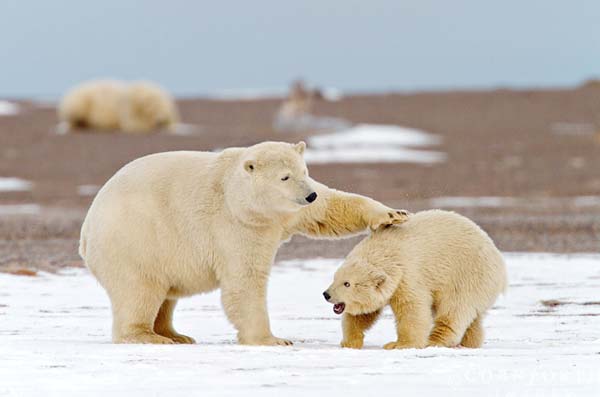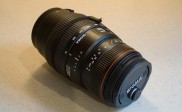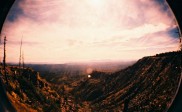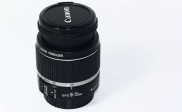The Challenge of Wildlife Photography
More than anything else, the vocation of nature and wildlife photography is hard work. Those striking pictures seen in National Geographic magazine are all too often taken at the end of a long, exhausting hike, or after countless hours without sleep. It is all too easy for those who look at these pictures to forget that wild animals are not easily approached, and that their habitats are seldom comfortable for the humans who venture into them. This is all separate from the fact that the photographer will still need to be a good photographer, after actually getting to the animals.
Technical Basics of Wildlife Photography:
Gaining an understanding of light
The art of photography is the capture of light. Whatever is reflected to the camera lens, that is what gets shot. All photography is therefore, to some extent largely about the usage and management of light. In the wild, there are certain obvious limitations. Sunlight is different at different times of day and therefore when a picture is taken can alter its qualities. This means that time, and time management is another challenge that the wildlife photographer will have to overcome. They will have to be ready for the perfect light and the perfect subject.

Photo by Jon Cornforth
Using perspective
Finding the most effective angle to take a shot is yet another photographic challenge. Older, experienced photographers are able to run through the different picture possibilities immediately, but this is a skill that comes with practice. The only way for a newcomer to acquire it is via experience, which means taking a lot of pictures of the subject from as many different angles as possible.
Find what is most important. This means whatever is most striking about a grazing moose or babbling brook, is what the photographer should highlight. Being able to let a picture tell a story to the viewer is another skill that usually comes only with experience in the field. This also calls for faith in the photograph as a storytelling medium.
Get up early. Widest variety of easily photographed wildlife activity takes place in the early morning or late evening. This is the time many animals come out to eat. Both times of day can provide dramatic lighting that can make a photograph much more striking and original.
Experience with the camera. This means an understanding of what kinds of pictures a particular camera can and cannot take, and knowledge of how to work within limitations and maximize potential. In this sense, the best camera for wildlife photography is the one with which the photographer is most familiar. Many animals do not simply sit still to be photographed, and that “perfect light” will probably only last for a short time. The photographer may be called upon to wait all night, to take a picture with only a few seconds notice. Being able to work quickly with a camera is essential and this takes a certain amount of familiarity with the tool.
The Ideal Wildlife Photographer
The perfect traits of the competent nature photographer are not unlike those of the hunter. Patience is the main one. The ability to wait and be still for hours on end, looking for that one event that will make it all worthwhile. A love of animals and nature in general is another good trait. The photographer is conveying to the viewer, something profound and interesting. If they have no idea what is profound and interesting about the subject then the pictures will be empty, meaningless.
More
Check out these books for more information:
Wildlife Photography: On Safari with your DSLR: Equipment, Techniques, Workflow
Wildlife Photography: From Snapshots to Great Shots
Captured: Lessons from Behind the Lens of a Legendary Wildlife Photographer (Voices That Matter)




In a sense a wildlife photographer is like a sniper, just waiting for the perfect shot…